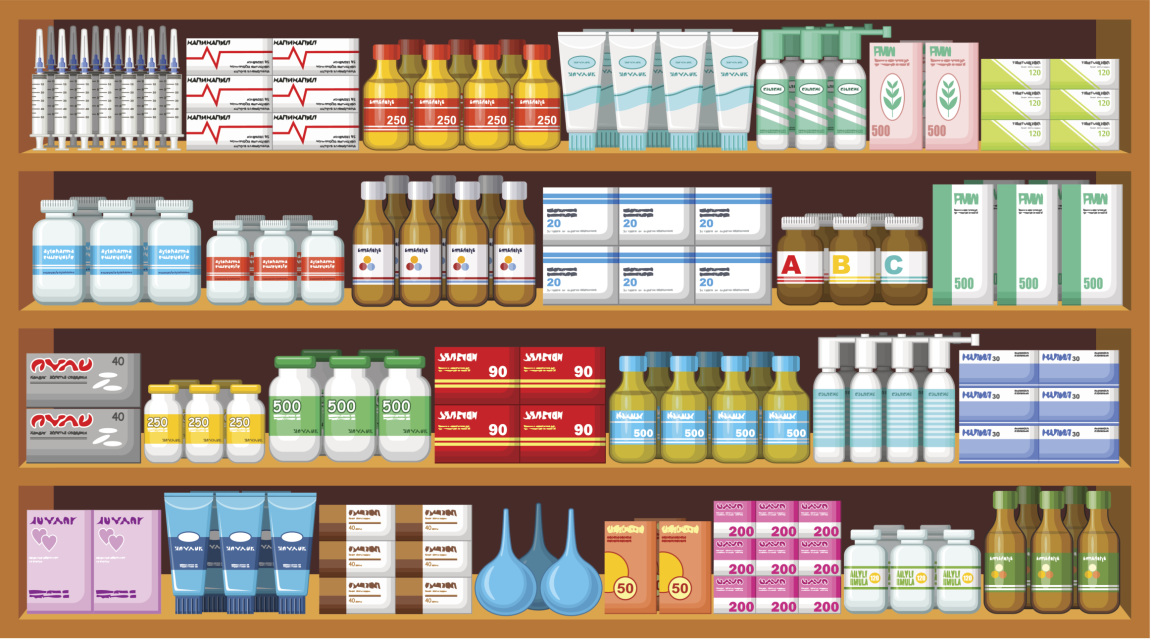The Overview of Japanese OTC Market ver 2-2017
SKU:
$980.00
$980.00
Unavailable
per item
Table of Contents
Definition of Pharmaceuticals 3
Related Laws and Regulations 7
Approval for Manufacture and Sale 7
Regulations Concerning Sales 7
Regulations Concerning Advertising 8
National healthcare insurance 10
Tax Free Shopping Program for Foreign Visitors 12
Self Medication Taxation Program 13
Market Share by Type of OTC 18
Breakdown by Medicinal Category 19
Overview of Top 5 OTC Companies 20
Points to Be Considered for Future OTC Market 23
Deregulations related to OTC 23
Impact from the recent measurements by Japanese government 23
vs Foods with health claims 24
Views from firms who plan to enter the market 25
Japanese OTC market had been decreasing until 2007. After it hit the bottom in 2007, it remained flat. Then, in 2012 it turned out to the growth trend. While domestic demand for OTC has been weak, the purchase by foreign travelers have pushed up the sales. Overall, we anticipate the market will remain flat or slight increase for next 3-5 years. Taisho Pharmaceuticals has been the sole OTC giant, and holds most of product lines.
From October 1, 2014, food, cosmetic and OTC have been added to the tax-exemption products. This revision dramatically encouraged foreigners, especially from China, Hong Kong, and Taiwan, to purchase consumable goods including OTC products in 2015.
Switch OTC has been expected to be the key piece to the advancement of self-medication, yet progress has been extremely slow.
The biggest underlying factor of the weak domestic demand lies in Japan’s public health care system as cheaper and more effective prescription drugs can be taken by going to a clinic or hospital. This also explains why there is no significant growth in Switch OTC.
The engine of the future growth will be the expansion of e-commerce (internet). This also may bring a major structural reform in the OTC retail industry. Internet retail giant Amazon began internet sales of OTC in September 2013. In May 2017, it has started to sell Type I OTC through its online store called Amazon Pharmacy, which means it covers most of OTC products
The main threat to OTC market would be health foods. On April 1, 2001, the Food with Health Claims System was established, and until now, 3 types of health foods have been introduced; Foods with Function Claims, Foods with Nutrient Function Claims, and Foods for Specified Health Use. Manufacturers can launch products with health/functional claims on labels very quickly and easily compared to OTC. The arrival of foods with health claims has gradually changed the environment where the OTC market had been protected by the regulation for a long time. We anticipate the boundary in consumers’ mind between foods with health claims and OTC get vague over years, and move toward similar status as dietary supplement and OTC in US.
From October 1, 2014, food, cosmetic and OTC have been added to the tax-exemption products. This revision dramatically encouraged foreigners, especially from China, Hong Kong, and Taiwan, to purchase consumable goods including OTC products in 2015.
Switch OTC has been expected to be the key piece to the advancement of self-medication, yet progress has been extremely slow.
The biggest underlying factor of the weak domestic demand lies in Japan’s public health care system as cheaper and more effective prescription drugs can be taken by going to a clinic or hospital. This also explains why there is no significant growth in Switch OTC.
The engine of the future growth will be the expansion of e-commerce (internet). This also may bring a major structural reform in the OTC retail industry. Internet retail giant Amazon began internet sales of OTC in September 2013. In May 2017, it has started to sell Type I OTC through its online store called Amazon Pharmacy, which means it covers most of OTC products
The main threat to OTC market would be health foods. On April 1, 2001, the Food with Health Claims System was established, and until now, 3 types of health foods have been introduced; Foods with Function Claims, Foods with Nutrient Function Claims, and Foods for Specified Health Use. Manufacturers can launch products with health/functional claims on labels very quickly and easily compared to OTC. The arrival of foods with health claims has gradually changed the environment where the OTC market had been protected by the regulation for a long time. We anticipate the boundary in consumers’ mind between foods with health claims and OTC get vague over years, and move toward similar status as dietary supplement and OTC in US.

